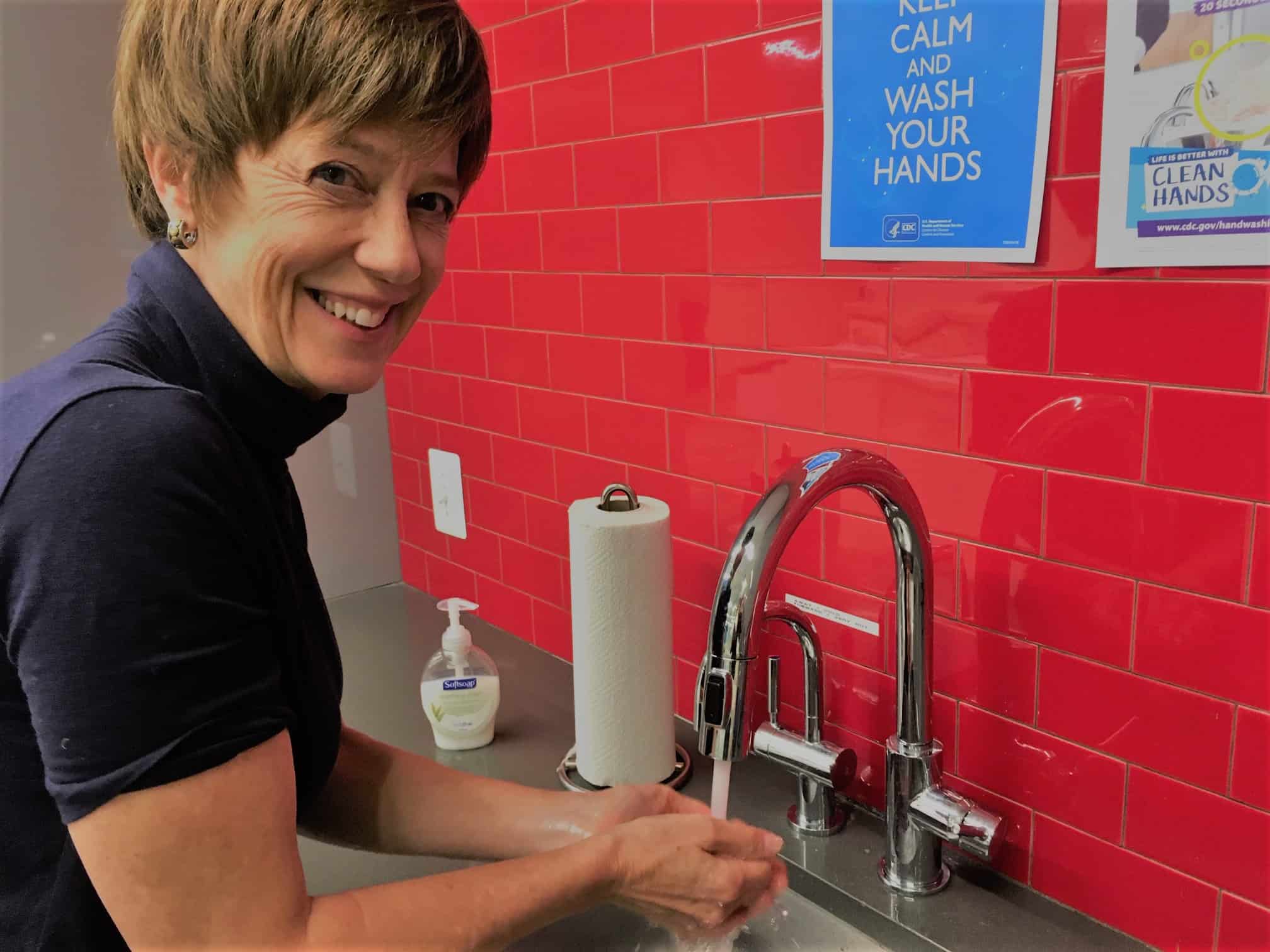Have you been hearing in the news, at school and at work that there are important things you need to do to stay healthy?
BTW, the coronavirus handwashing advice you’ve been hearing about has always been recommended for your healthy daily life!
That’s right, these handwashing basics should be a part of your daily life and your family and friends too! Here’s the Handwashing How!
How should I wash my hands?
Check it out — there are 5 easy steps.
- Wet your hands with warm running water and apply soap.
- Rub your hands together to make a lather and scrub them well. Be sure to scrub the backs of your hands, between your fingers and under your nails.
- Continue rubbing hands for at least 20 seconds, about the time it takes to sing the “Happy Birthday” song twice.
- Rinse your hands well under running water.
- Dry your hands using a clean cloth or paper towel.
This video from the U.S. Centers for Disease Control and Prevention (CDC) gives you all the basics. Share this video with everyone you know.
So now you know how.
When should I wash my hands to protect myself and others from the risk of harmful germs?
Well, there are many times throughout the day, including:
- Before eating food
- Before, during and after preparing food
- Before and after treating a cut or wound
- Before and after caring for someone who is sick
- After changing diapers or cleaning up a child who has used the toilet
- After handling uncooked eggs or raw meat, poultry or seafood (or their juices)
- After blowing your nose, coughing or sneezing
- After touching an animal or animal waste
- After touching garbage
- After using the toilet or assisting another with doing so
Also, consider that your smartphone or tablet could be a source of contamination. If you use your device in the kitchen while preparing food, you should wash your hands after holding or touching the device.
What should I use to wash my hands?
Research shows that “plain” soap is just as good as any other soap. Using soap and water is the best option.
If running water is not available for handwashing, then use a hand sanitizer as a back-up. Your hand sanitizer product should be at least 60% alcohol content in order to be effective.
Finally, it is important to take time to help young children wash hands properly.
I know, I know. You’re thinking: I can’t keep up with all the times during the day my child should wash his or her hands.
Still, take time to model proper handwashing. The research about the benefits of regular handwashing says it all. Modeling proper handwashing sets kids up for a healthy life!
Download a free poster or this Happy Hands song placemat to remind your kids of the 5 steps to proper handwashing!
Happy Handwashing!
Shelley Feist is the Executive Director with the Partnership for Food Safety Education. She can be reached at (202) 220-0651 or sfeist@fightbac.org. Connect: LinkedIn | Twitter
